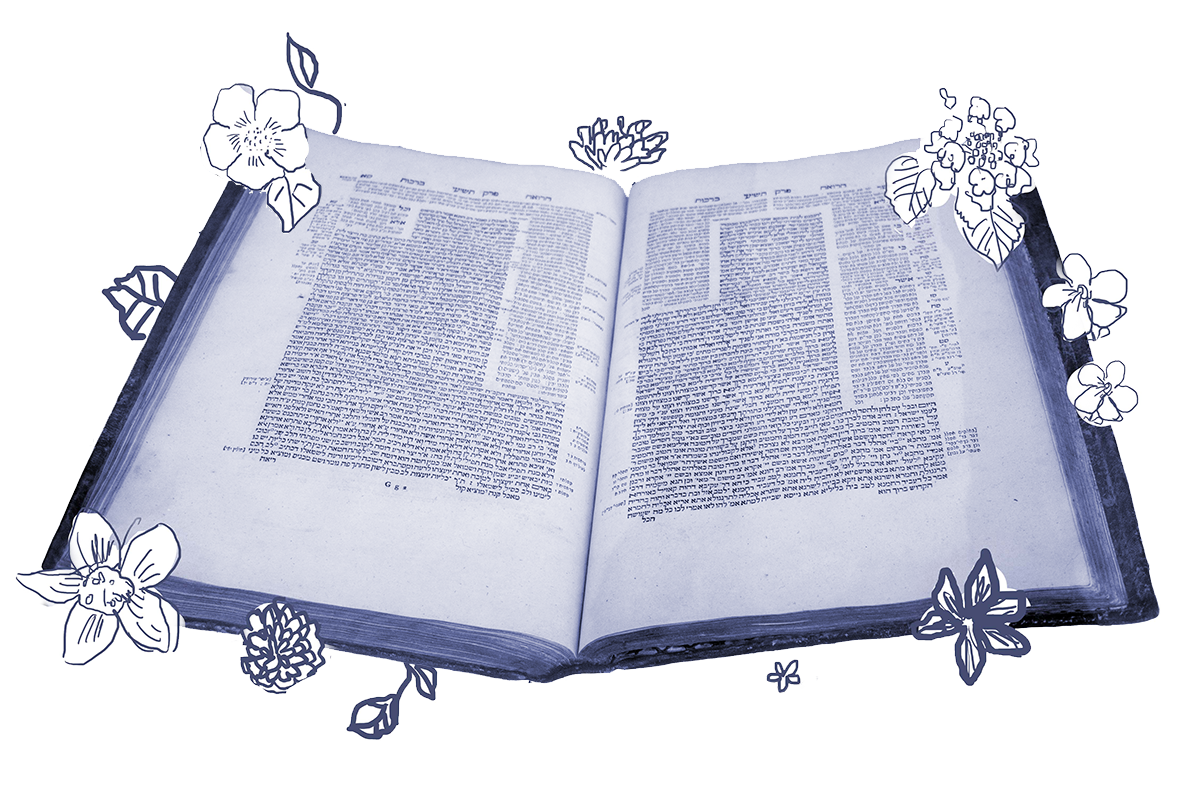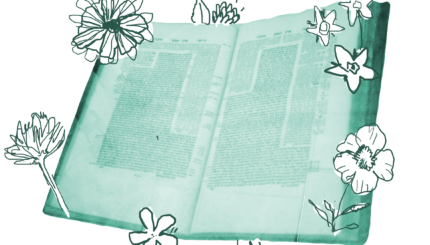One of the great balancing acts that God requires of humanity is to make use of the natural world, while also protecting and preserving it. Whereas the six days of creation represent the changes – and progress – we can make in this world, Shabbat is the day when God stopped creating. As the 19th-century German Jewish theologian Samson Raphael Hirsch explains, we too cease creating on Shabbat, and basically enjoy what is already preserved in this world.
This tension between preserving the “hardware” of the universe and improving it through “software” upgrades is buried in the details of the laws of carrying on today’s page. One way of illustrating this is through leather:
Come and hear a halachah that Rabbi Hiyya bar Ami said in the name of Ulla: There are three hides (i.e., three stages in the process of tanning hides) and at each stage it is known by a different name: matzah, hifa and diftera. Matzah, as per its plain meaning, has no additives. It is not salted, and not treated with flour, and not treated with gallnuts.
Our Gemara is attuned to the different varieties of change and progress in this world – of human involvement. At one end of the spectrum, we have the natural world as it is. Level one is unworked leather, called “matzah” – just like the matzah we eat on Passover which is bread in its least refined form (not flavored, not leavened). It is a primitive material and is used for a simple, physical purpose. The matzah is all hardware. The quantity of this piece of hard, unworked leather that will make you liable of punishment if you carry it from domain to domain is relatively large: enough to wrap a small weight.
Once the leather is refined some, however, it becomes “hifa” and it is prohibited in a smaller quantity: enough to make an amulet. The power of the amulet derives from both the physical hardware structure of the semi-refined leather, but also from letters, software, on the amulet itself.
A higher level of leather, that which is worked further by human creativity and skill (diftera). Now, it is not so much hide as it is a blank “paper” which can be used for writing a document, such as a get, a bill of divorce. In this case, the leather is merely a template, less significant hardware, for some provocative and transformative human software. Leather in the state of diftera is prohibited in an even smaller quantity because of its level of human input.
Finally, as we get to side two of today’s page, we get to an even higher form of transformed leather, the kind that is used for writing a portion of the Shema and can be placed in a mezuzah or in tefillin. An even smaller quantity of this leather can cause a violation of carrying between domains on Shabbat because it is so precious, both in its hardware and software.
As important as the details of carrying on Shabbat are, we cannot lose sight of the larger lesson the rabbis want to teach us: the more we can refine this physical world (the hardware) and the more we can put our own human touch on this world (the software), the more precious this world becomes. So much so, that the amount of substance that is considered significant decreases dramatically. And yet, as the whole essence of Shabbat — a day to pause from our labors of refining and improving on nature — reminds us, we still must be careful not to upset the critical balance that God placed at creation between preserving and perfecting this world.
Read all of Shabbat 79 on Sefaria.
This piece originally appeared in a My Jewish Learning Daf Yomi email newsletter sent on May 24, 2020. If you are interested in receiving the newsletter, sign up here.


